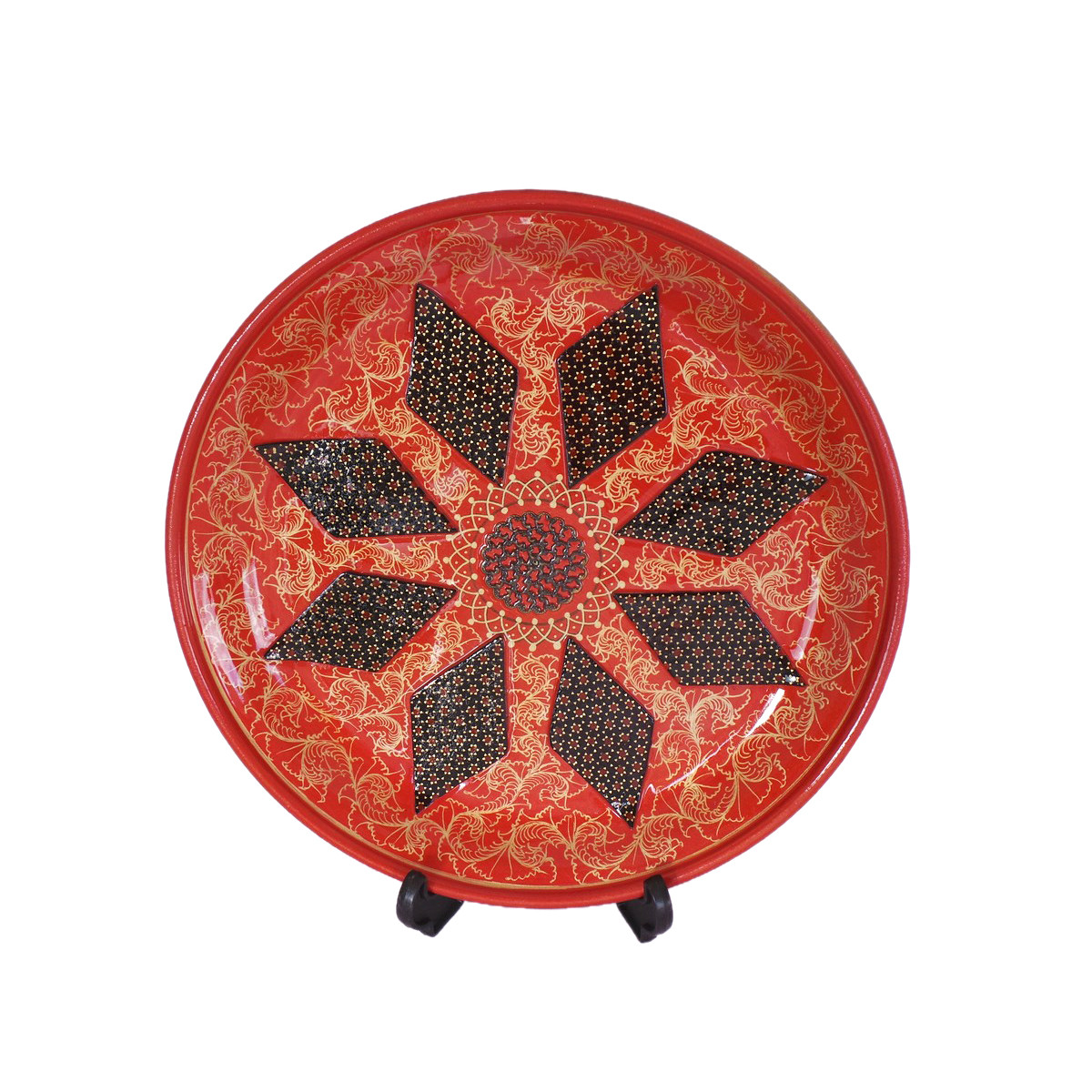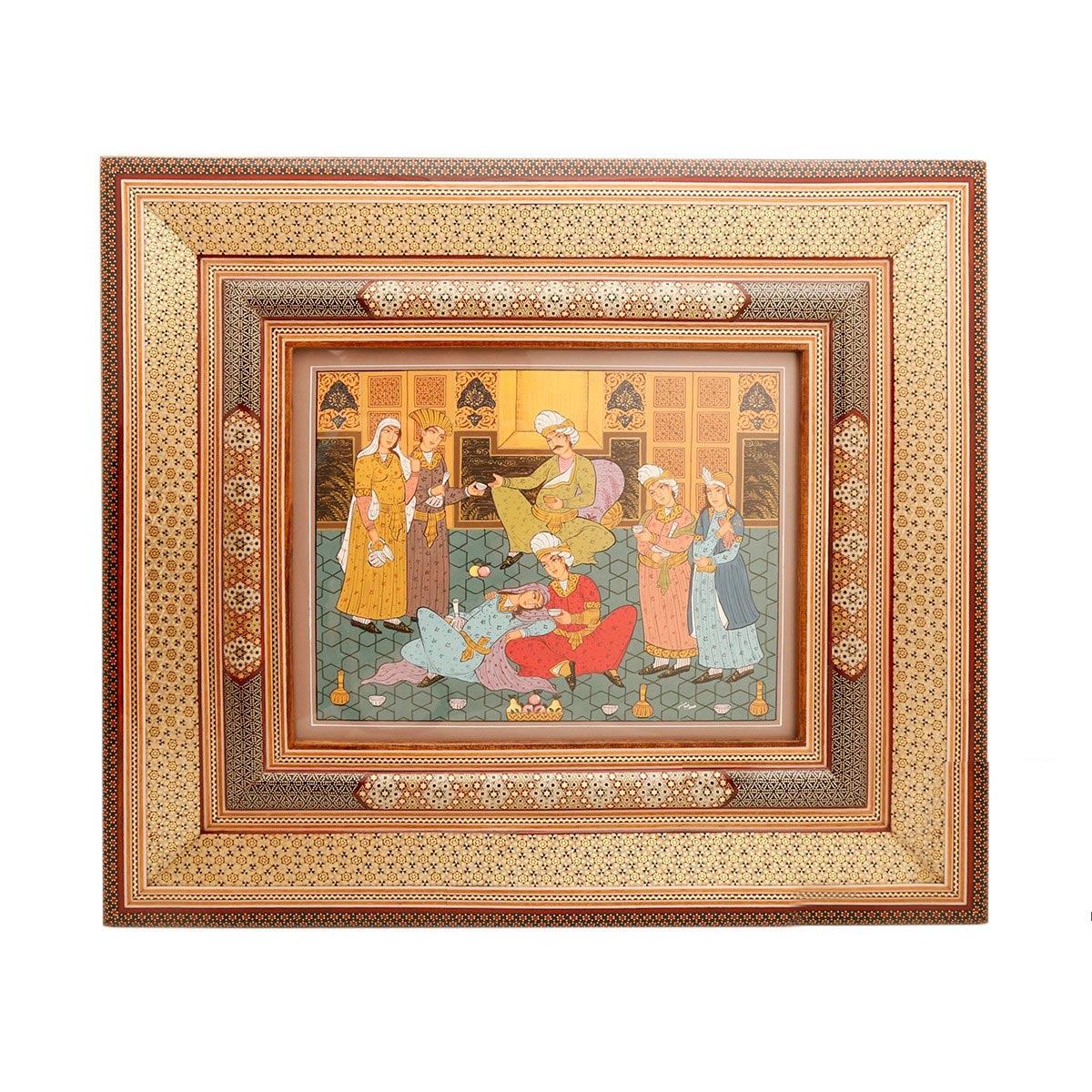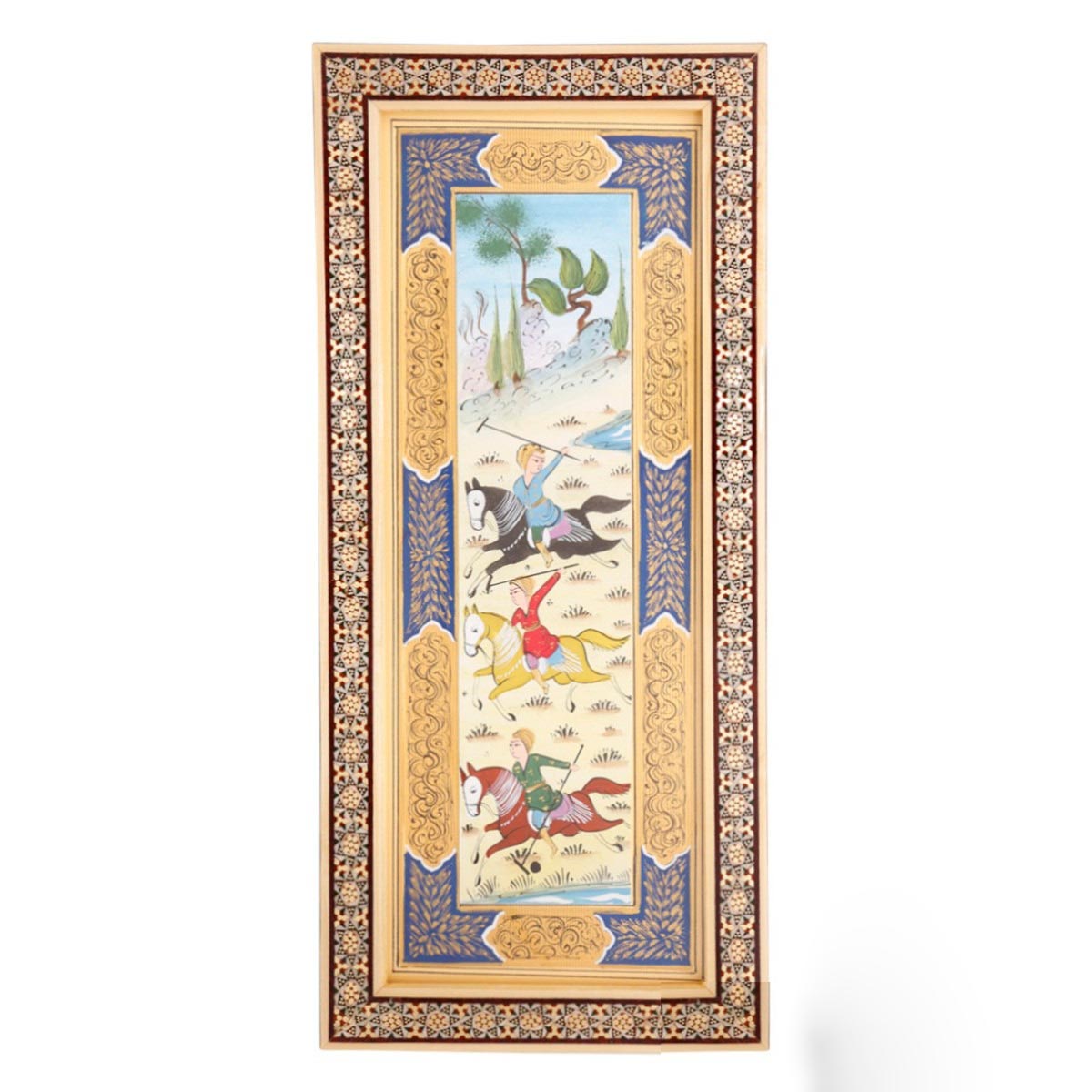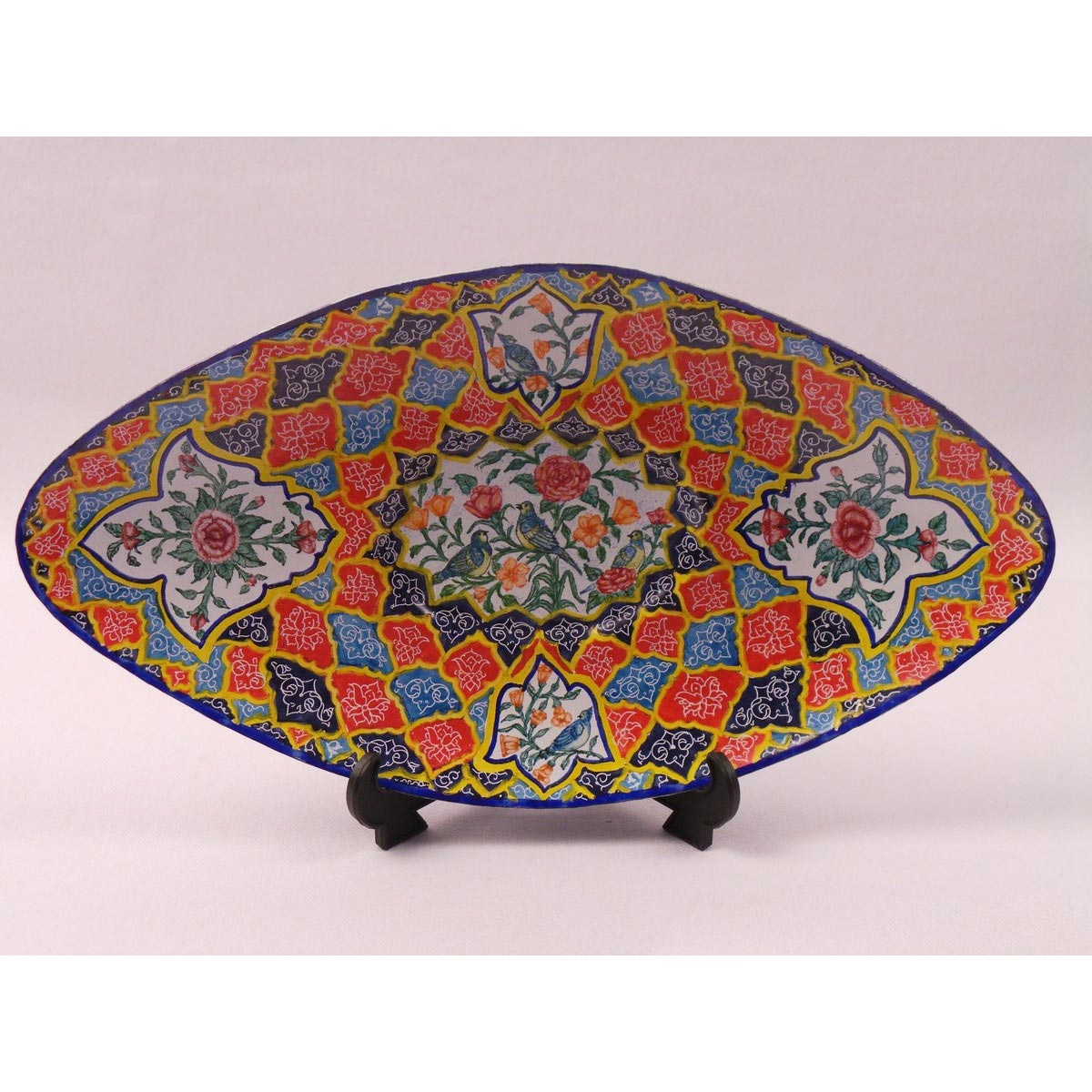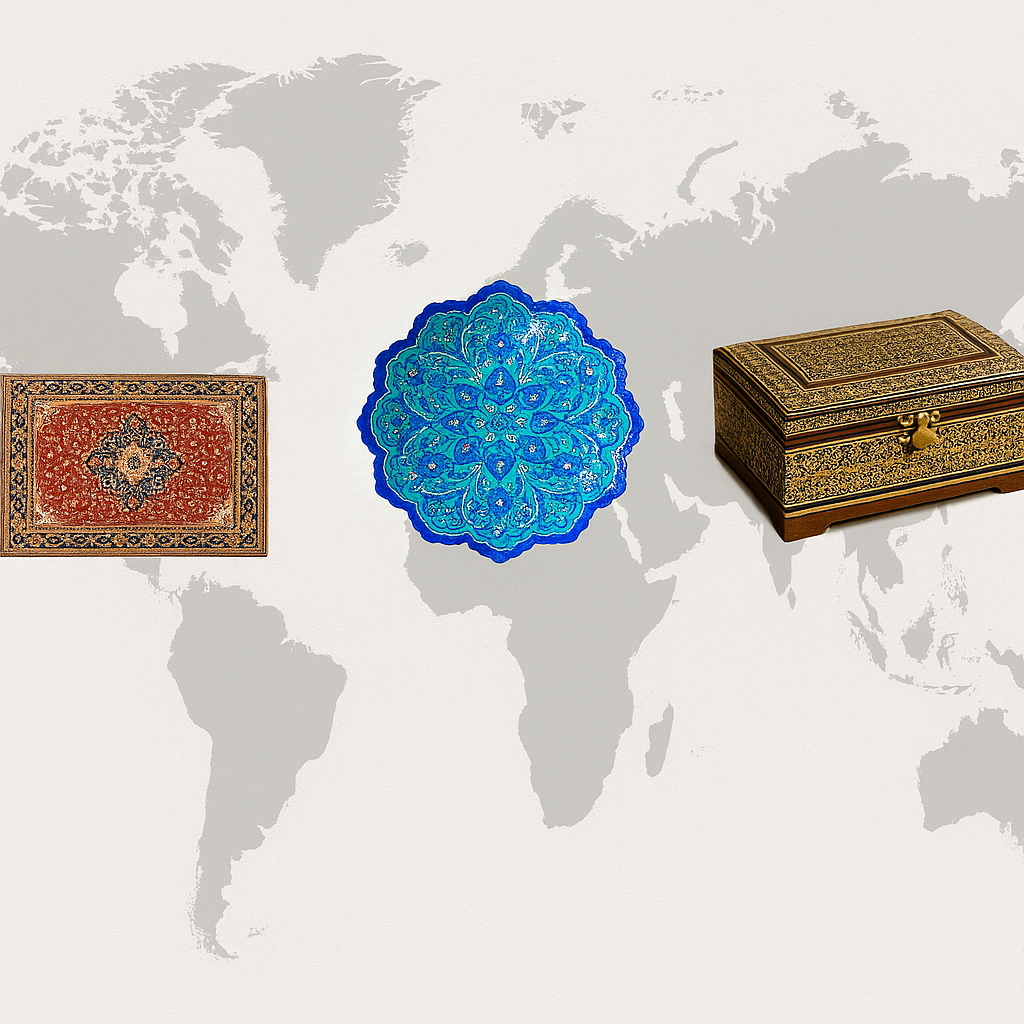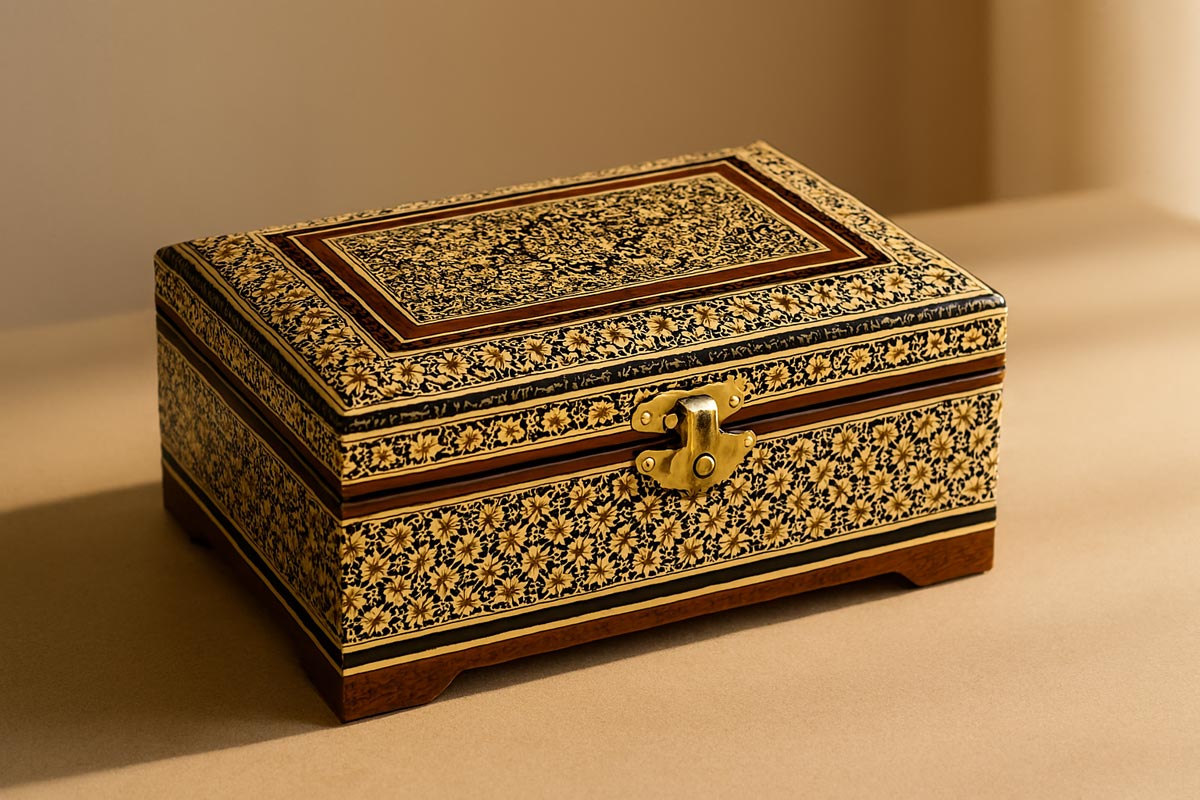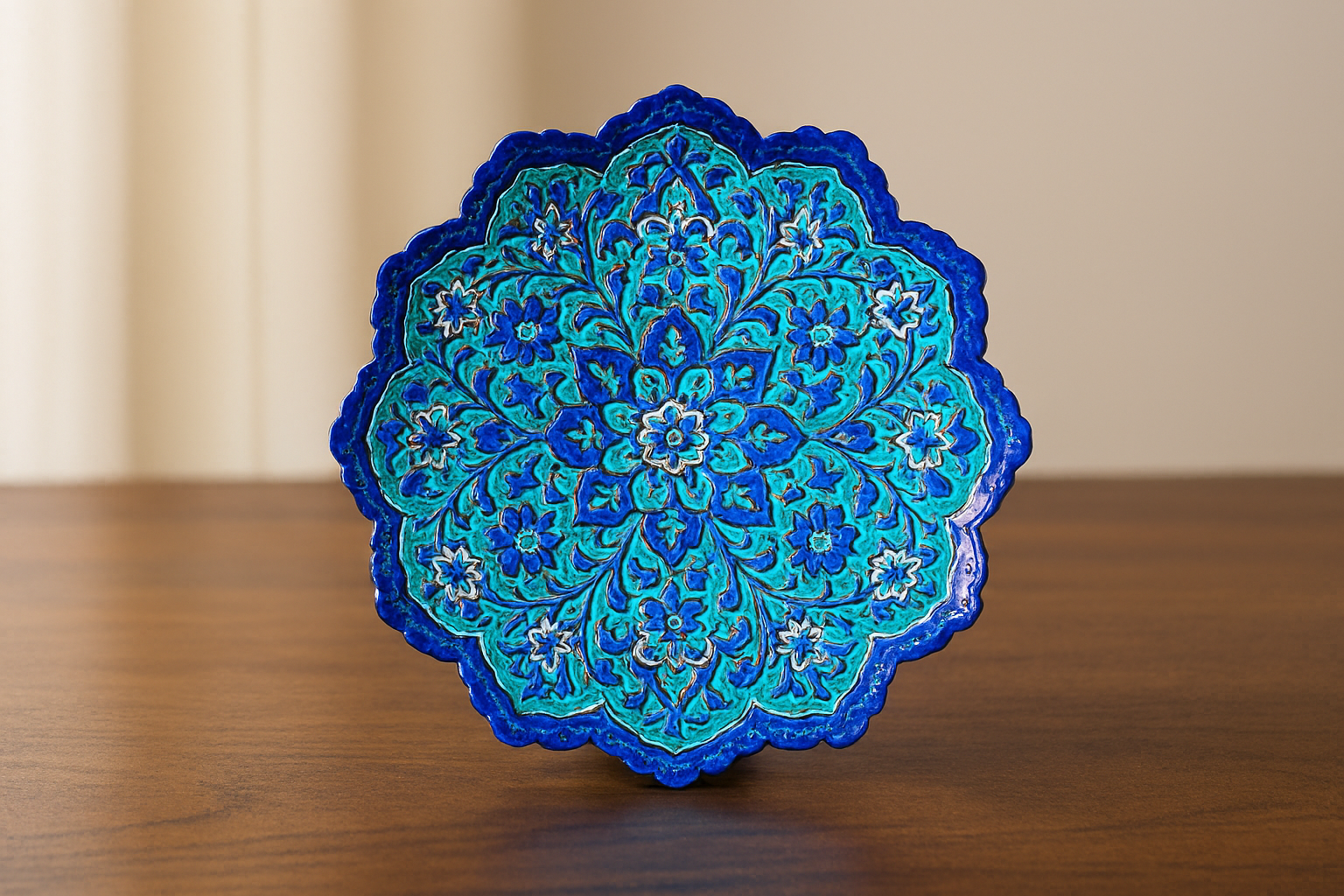Blog
Last Articles
Top Cryptocurrency Gambling Sites
Top Cryptocurrency Gambling Sites Vous effectuez vos transactions directement via votre portefeuille crypto, sans banque ni carte bancaire. Vous pouvez
Top Casinos Sans Vérification France 2025 Testés par Experts
Top Casinos Sans Vérification France 2025 Testés par Experts Cela peut donner une fausse impression que vous jouez dans un
10 Best Crypto Casinos & Bitcoin Gambling Sites in 2025
10 Best Crypto Casinos & Bitcoin Gambling Sites in 2025 Ce bonus n’est pas soumis à des mises et les
Products
Suggestions for you:
60 $ Original price was: 60 $.55 $Current price is: 55 $.
[dynamic_sale_percentage]
185 $ Original price was: 185 $.179 $Current price is: 179 $.
[dynamic_sale_percentage]
65 $ Original price was: 65 $.52 $Current price is: 52 $.
[dynamic_sale_percentage]
210 $ Original price was: 210 $.199 $Current price is: 199 $.
[dynamic_sale_percentage]
The Timeless Beauty of Persian Carpets: A Cultural Legacy
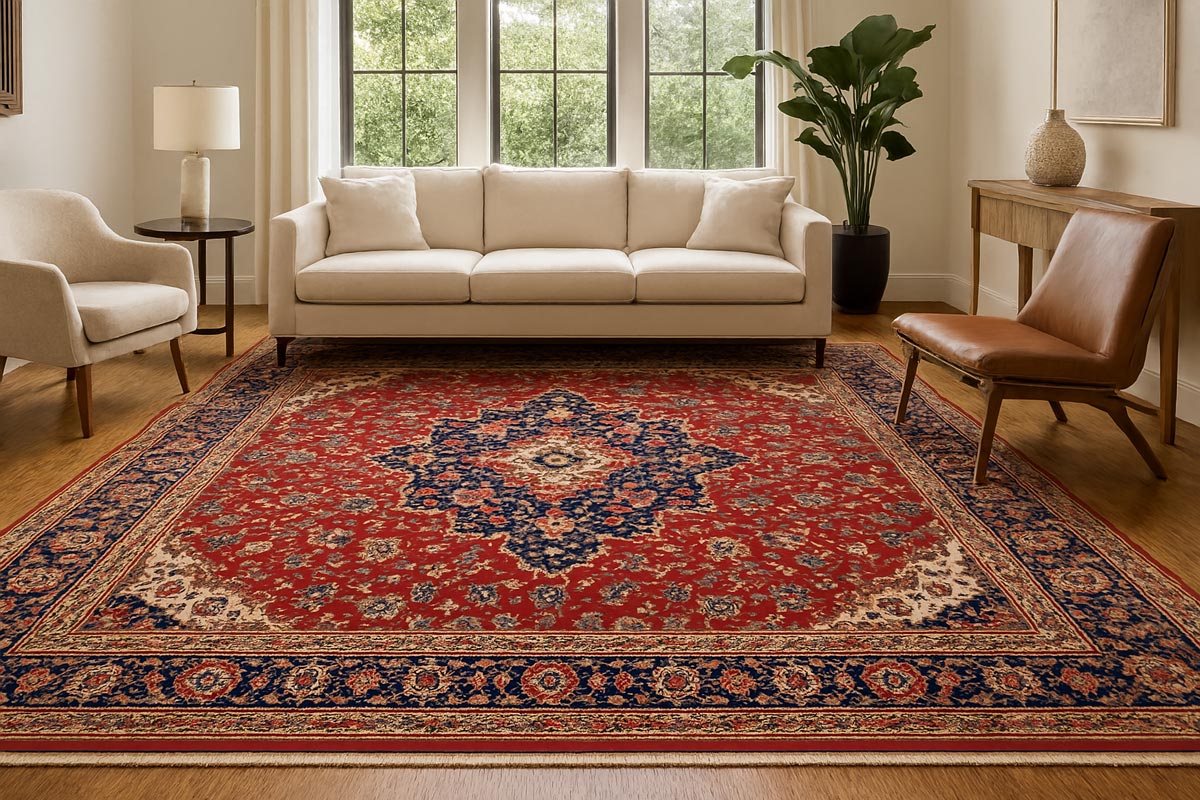
Persian carpets are not just floor coverings  they are masterpieces of art and culture. For centuries, they have represented the highest level of craftsmanship, creativity, and symbolism. From royal palaces in ancient Persia to modern luxury homes around the world, these rugs have always been cherished for their elegance and beauty.
History of Persian Carpets
The art of carpet weaving in Persia dates back more than 2,500 years. Early examples were used not only as practical items for warmth and comfort but also as symbols of power and prestige. Throughout history, Persian carpets were treasured gifts exchanged between kings and diplomats.
Cities like Isfahan, Kashan, Tabriz, and Nain became renowned centers of carpet weaving, each developing its own signature designs and weaving techniques. These regional styles still shape the identity of Persian carpets today.
Distinguishing Handwoven vs. Machine-Made
One of the most important distinctions is between handwoven and machine-made rugs.
-
Handwoven carpets: created knot by knot by skilled artisans, often taking months or even years to complete. Each rug is unique, reflecting the personality and creativity of its weaver.
-
Machine-made carpets: while faster and more affordable, they lack the authenticity and individuality of handmade rugs. For collectors and design enthusiasts, handwoven carpets hold unmatched value.
Symbolism in Persian Carpets
Every motif and color used in a Persian rug carries meaning:
-
Red: vitality and happiness
-
Blue: peace and solitude
-
Green: paradise and renewal
-
Paisley (Boteh): eternal life and spirituality
This deep symbolism turns each carpet into a visual story, a cultural narrative woven into fibers.
Why Persian Carpets Are Luxury Items
Persian carpets are admired worldwide because of:
-
Quality materials: fine wool, silk, or blends that ensure durability and sheen.
-
Artistic detail: intricate patterns and symmetry that require extraordinary skill.
-
Longevity: a well-maintained Persian carpet can last for generations.
-
Cultural prestige: owning one is like possessing a piece of Persian heritage.
Tips for Buying and Caring for a Persian Carpet
-
Always buy from trusted sources with authenticity guarantees.
-
Look at the knot density  more knots usually mean finer quality.
-
Avoid direct sunlight to prevent fading.
-
Use professional cleaning for long-term care.
-
Rotate carpets occasionally to balance wear.
Conclusion
A Persian carpet is more than a home accessory; it is an heirloom, an investment, and a timeless work of art. By owning one, you become part of a tradition that has been cherished for millennia  a living cultural legacy.
Caregories: General
Related
- Aratta Admin
- 0
- Aratta Admin
- 0
- Aratta Admin
- 0
- Aratta Admin
- 0
- Aratta Admin
- 0


